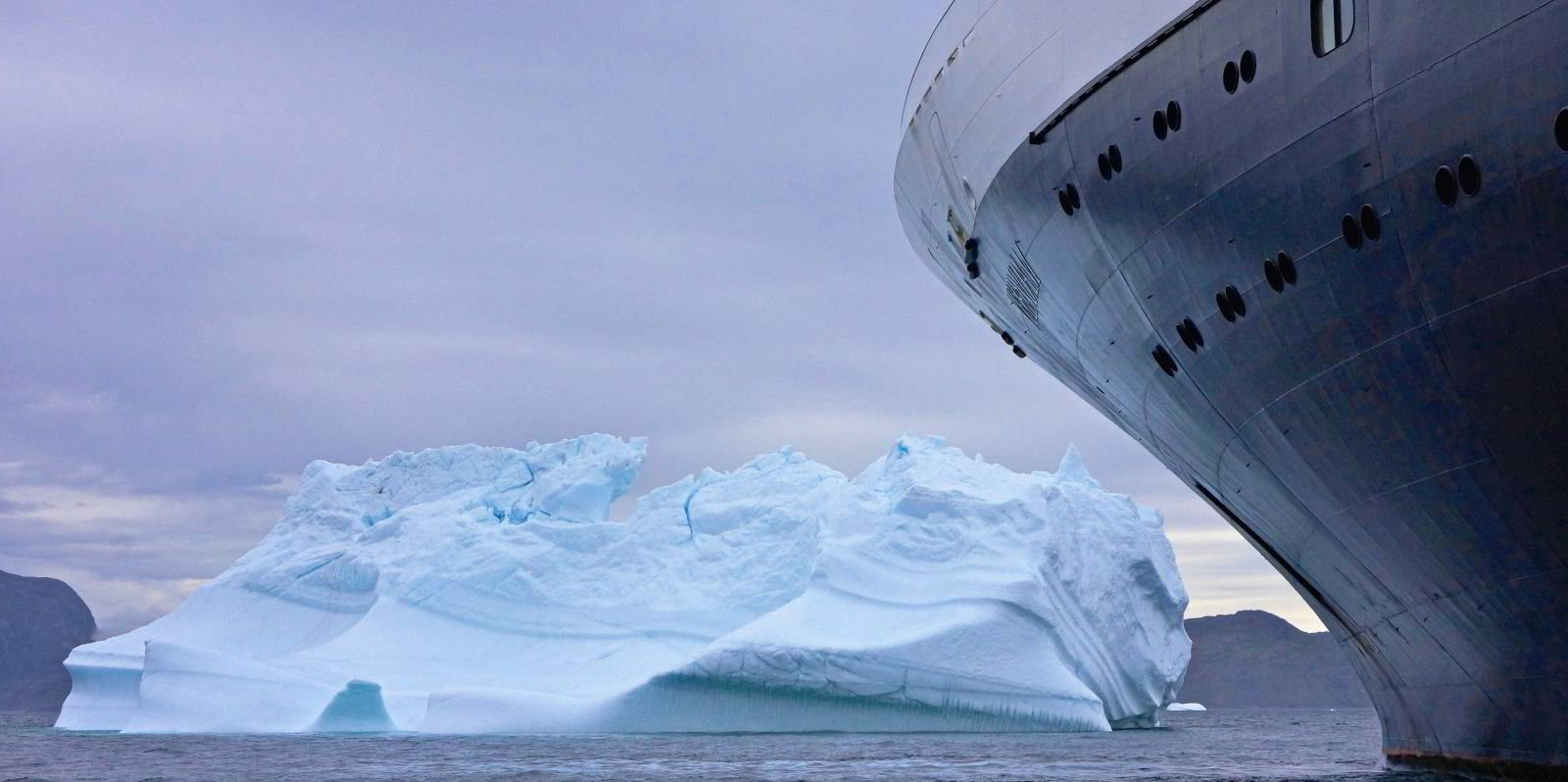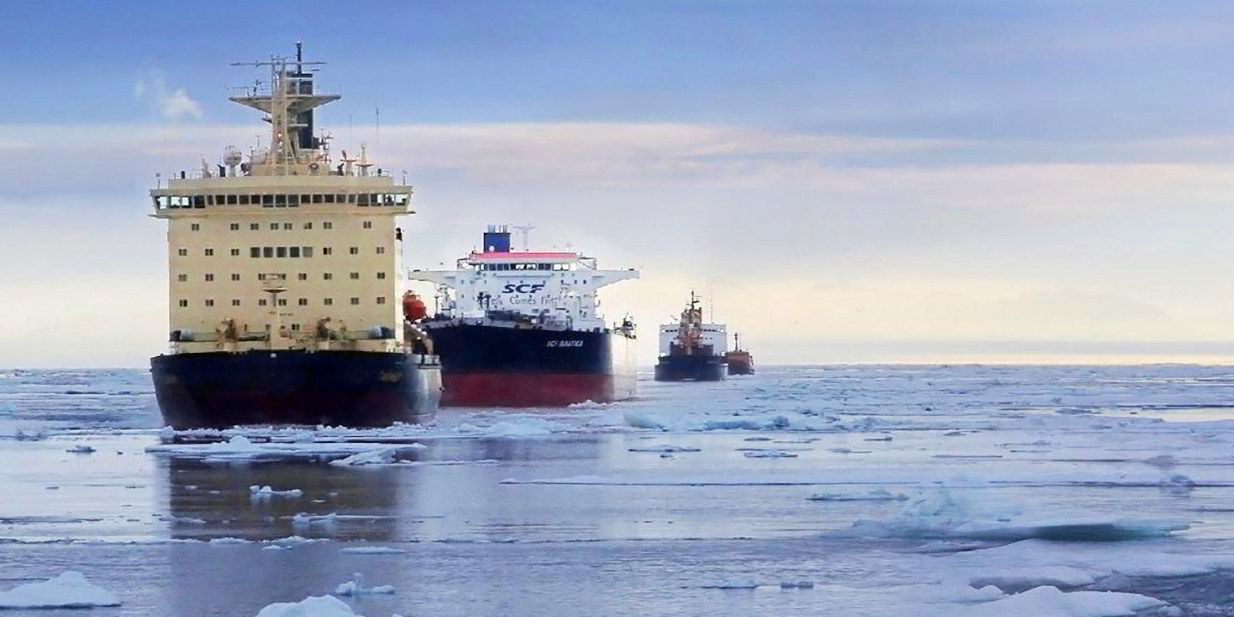Several prominent shipowners have declared they will avoid Arctic waters.
In 2019, liner companies CMA CGM and Hapag-Lloyd said they would not be using the Northern Sea Route (NSR).
They were joined by Mediterranean Shipping Co (MSC), which in January this year reaffirmed its decision to boycott Arctic areas — including the Northeast and Northwest Passages — for environmental reasons.
Concerns
MSC expressed concerns that shipping could increase black-carbon emissions and their subsequent warming effect on ice melt, along with the risks of navigation incidents, fuel spills and damage to marine ecosystems.
The Northern Sea Route is neither a quick fix for the current market challenges, nor a viable long-term strategy
Soren Toft
Company chief executive Soren Toft said: “MSC will not seek to cut through the melting ice of the Arctic to find a new route for commercial shipping and I consider this a position the whole shipping industry must adopt.
“The Northern Sea Route is neither a quick fix for the current market challenges, nor a viable long-term strategy.”
In a recent webinar, co-chair of the Climate and Clean Air Coalition Agriculture Initiative Pam Pearson said the impact of black carbon from Arctic shipping needs to be a focus for the International Maritime Organization and the Arctic Council.
Pearson said the Arctic is warming more quickly than the rest of the world and sea ice is being lost.
She said that with current climate commitments, the world is on track for 2.7C rise in temperature, which would lead to many ice-free months in the Arctic.
Pearson said much of the older sea ice is now gone with the remaining cover being one-year old or less, threatening the region’s ecosystem.
She said the Arctic Ocean is growing warmer, fresher from ice melt and more acidic as onshore permafrost thaws — releasing methane in the process.
But those working in Russian Arctic waters see it differently.
Rosatom director of the NSR Directorate Vyacheslav Ruksha said: “The active use of the NSR is the only realistic scenario for the sustainable development of the Arctic territories.”
Anthropogenic threat
He said investment is needed to support the region’s 2m inhabitants, or infrastructure will gradually collapse and pose “an enormous anthropogenic threat”.
“Not developing the Arctic is many times more dangerous,” Ruksha said. “Developing the NSR is our best chance to ensure that the Arctic develops sustainably in a way that secures the well-being of indigenous populations.”
Ruksha added: “Use of the NSR is beneficial for the environment.”
“We hope to slow the pace of global warming by introducing carbon-free capacity to provide electricity to power Arctic cities and local industrial complexes,” he said.
He also cited the reduced transit times for shipping that opts to use this route, adding that after the completion of the NSR development programme, annual global CO2 emissions will be reduced by 20m to 30m tonnes.






